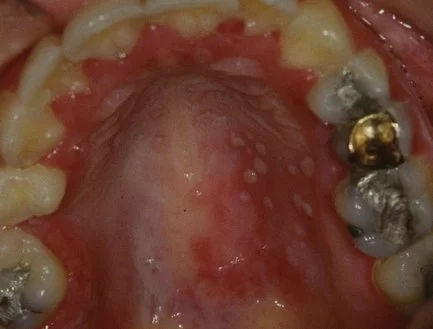
1. Understanding Oral Vesicles and Their Clinical Significance
Oral vesicles are small, fluid-filled sacs that appear in the mouth and are often early indicators of specific diseases. In the United States, these vesicles are commonly seen in both pediatric and adult populations and can range from minor irritations to symptoms of systemic infections. Recognizing their appearance early can be crucial to prompt treatment and overall health.
Vesicles typically appear as tiny blisters on the lips, tongue, inner cheeks, or roof of the mouth. They may rupture quickly, forming ulcers, or persist for several days. While some may associate these blisters with something as harmless as hot food burns, many oral diseases begin with this exact manifestation. The key is understanding which conditions to consider when these symptoms appear.
2. Herpes Simplex Virus Type 1: A Leading Cause of Oral Vesicles
2.1 Primary Herpetic Gingivostomatitis in Children
Herpes Simplex Virus Type 1 (HSV-1) is one of the most common culprits of vesicular lesions in the mouth, particularly in children. Primary herpetic gingivostomatitis often affects children under the age of five and presents with clusters of vesicles on the gums, lips, and inner cheeks. These vesicles quickly rupture, leaving painful ulcers accompanied by high fever, irritability, and difficulty eating.
A mother in San Diego once shared how her toddler refused to eat for days, only to be diagnosed with HSV-1 after a visit to the pediatric dentist. The diagnosis brought relief and a treatment plan involving hydration, topical anesthetics, and antiviral medication.
2.2 Recurrent Herpes Labialis in Adults
Adults infected with HSV-1 often experience reactivation episodes, particularly during times of stress, illness, or immune suppression. Vesicles appear commonly on the lips—known as cold sores—but may also appear inside the mouth. Unlike the primary infection, these episodes are generally milder and self-limiting but can still cause embarrassment and discomfort.
3. Hand, Foot, and Mouth Disease: A Common Pediatric Infection
3.1 Coxsackievirus A16 and Enterovirus 71
Hand, foot, and mouth disease (HFMD) is a viral illness primarily seen in children under the age of ten. Caused by enteroviruses such as Coxsackievirus A16, HFMD often presents with vesicles on the tongue, gums, and inside of the cheeks, along with rashes on the hands and feet. The vesicles may burst and form shallow ulcers, making eating and drinking uncomfortable.
During a 2023 outbreak in a Chicago elementary school, dozens of students presented with fever and mouth blisters. Prompt identification helped contain the spread, and most children recovered within a week with rest and fluids. The episode highlighted the importance of parental awareness and early dental or pediatric consultations.
4. Varicella-Zoster Virus and Oral Shingles
4.1 Herpes Zoster Affecting the Trigeminal Nerve
When the varicella-zoster virus reactivates in adults, it can cause shingles, or herpes zoster. If the virus affects the trigeminal nerve, it may cause painful vesicles on one side of the face, including the tongue and palate. These vesicles are often accompanied by burning pain and sensitivity in the affected area.
Oral shingles should be treated as a medical emergency, particularly in elderly or immunocompromised individuals. Antiviral medications are essential, and early intervention significantly reduces the risk of long-term nerve damage.
5. Erythema Multiforme: A Hypersensitivity Reaction with Vesicular Onset
5.1 Triggers from Medications or Infections
Erythema multiforme is a rare, acute hypersensitivity reaction that can affect the mucous membranes. It may be triggered by infections like HSV or medications such as antibiotics and anticonvulsants. The condition often begins with vesicles or red patches in the mouth, followed by erosions and crusting on the lips and oral mucosa.
Cases range from mild to severe, and prompt medical care is crucial. In severe forms, such as Stevens-Johnson syndrome, hospitalization is required. Recognizing oral vesicles as a possible early sign can be life-saving in such scenarios.
6. Autoimmune and Rare Causes of Oral Vesicles
6.1 Pemphigus Vulgaris
Pemphigus vulgaris is an autoimmune condition that targets proteins within the mucosal lining. Patients often experience painful blisters and vesicles that rupture easily, leaving raw, ulcerated surfaces. Diagnosis is confirmed via biopsy, and treatment typically involves corticosteroids and immunosuppressants.
6.2 Mucous Membrane Pemphigoid
Another autoimmune blistering disease, mucous membrane pemphigoid, primarily affects older adults. It causes recurrent vesicles and erosions that heal slowly and may lead to scarring. Dental professionals play a critical role in early recognition and referral to dermatologists or rheumatologists for treatment.
7. When to Seek Professional Help for Oral Vesicles
7.1 Warning Signs of Serious Disease
While many vesicular conditions resolve on their own, certain warning signs require immediate attention:
- Blisters that spread or persist for more than a week
- Accompanied fever, fatigue, or swollen lymph nodes
- Severe pain interfering with eating or speaking
- History of immunosuppression or chronic illness
If you or a family member notice such symptoms, consulting a dental professional is the safest option. Facilities listed on Family Dentistry Online can offer trusted evaluations and guide you to appropriate care.
7.2 Diagnostic Tools Used by Dentists
Diagnosis often includes visual examination, patient history, viral cultures, blood tests, or biopsy depending on the suspected condition. Dentists may collaborate with dermatologists or infectious disease specialists for a multidisciplinary approach to treatment.
8. Preventive Measures and Oral Care Tips
8.1 Maintaining Strong Oral Immunity
Good oral hygiene practices such as brushing twice daily, flossing, and using antiseptic mouthwash can help reduce the chances of developing secondary infections. For individuals prone to cold sores or blisters, stress management and avoiding triggers (like sun exposure or spicy foods) can reduce recurrence.
8.2 Vaccination and Antiviral Strategies
Vaccines are available for diseases like chickenpox and shingles. If you have frequent HSV outbreaks, your healthcare provider may recommend daily antiviral medications to suppress symptoms and prevent transmission.
Working closely with dental professionals ensures that even rare or serious oral conditions are caught and treated early. If you're unsure where to go, Family Dentistry Online connects patients with qualified providers near you.

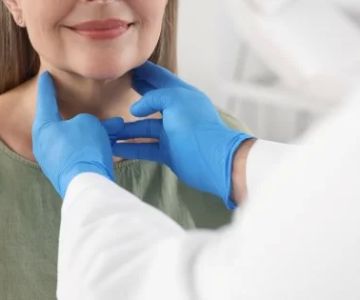

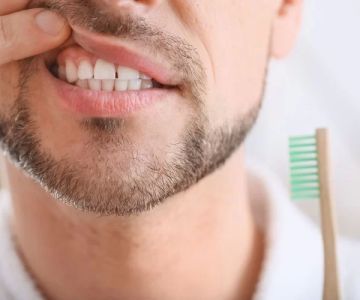
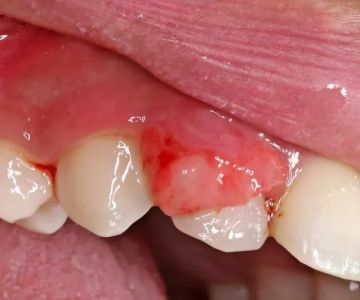
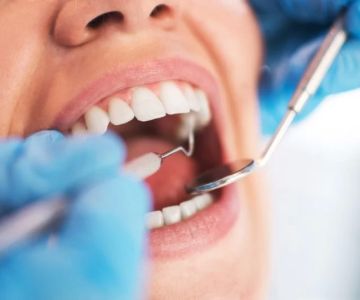
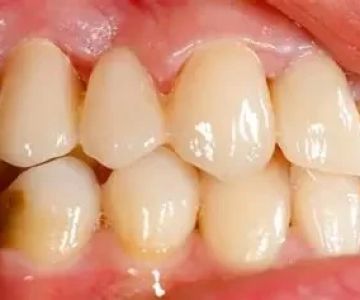
 All Smiles Orthodontics/Invisalign Center4.0 (39 review)
All Smiles Orthodontics/Invisalign Center4.0 (39 review)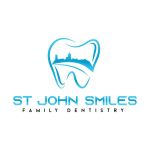 St John Smiles4.0 (238 review)
St John Smiles4.0 (238 review) Dr. Daniel S. Fife, DDS4.0 (31 review)
Dr. Daniel S. Fife, DDS4.0 (31 review)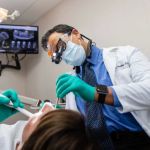 Cazes Family Dentistry LLC4.0 (61 review)
Cazes Family Dentistry LLC4.0 (61 review) Sutter Dental5.0 (189 review)
Sutter Dental5.0 (189 review) Wang Orthodontics5.0 (1014 review)
Wang Orthodontics5.0 (1014 review) The Importance of Oral Health Education During Pregnancy for a Healthy Pregnancy
The Importance of Oral Health Education During Pregnancy for a Healthy Pregnancy Best Tips for Brushing Your Teeth Properly for Healthy Gums: Essential Techniques for Oral Health
Best Tips for Brushing Your Teeth Properly for Healthy Gums: Essential Techniques for Oral Health Why Skipping Dental Checkups Can Lead to Bigger Oral Health Problems
Why Skipping Dental Checkups Can Lead to Bigger Oral Health Problems Advantages of Porcelain Dental Restorations
Advantages of Porcelain Dental Restorations How Can Diabetes Cause Tooth and Gum Problems? Preventing and Managing Oral Health Issues
How Can Diabetes Cause Tooth and Gum Problems? Preventing and Managing Oral Health Issues Healthy Habits for Promoting Good Oral Health and Hygiene: Tips for a Healthy Smile
Healthy Habits for Promoting Good Oral Health and Hygiene: Tips for a Healthy Smile